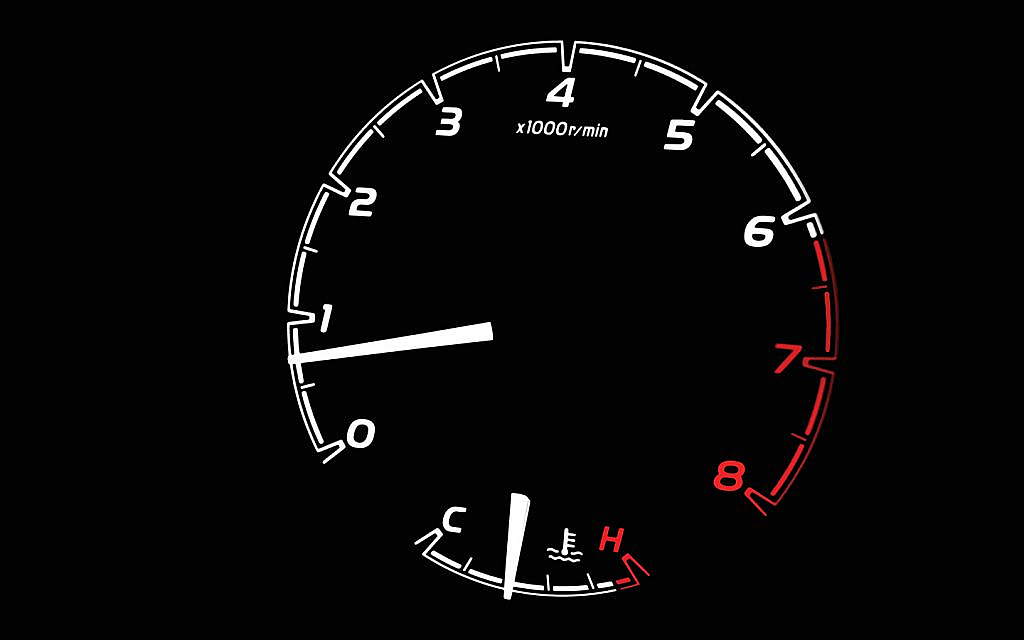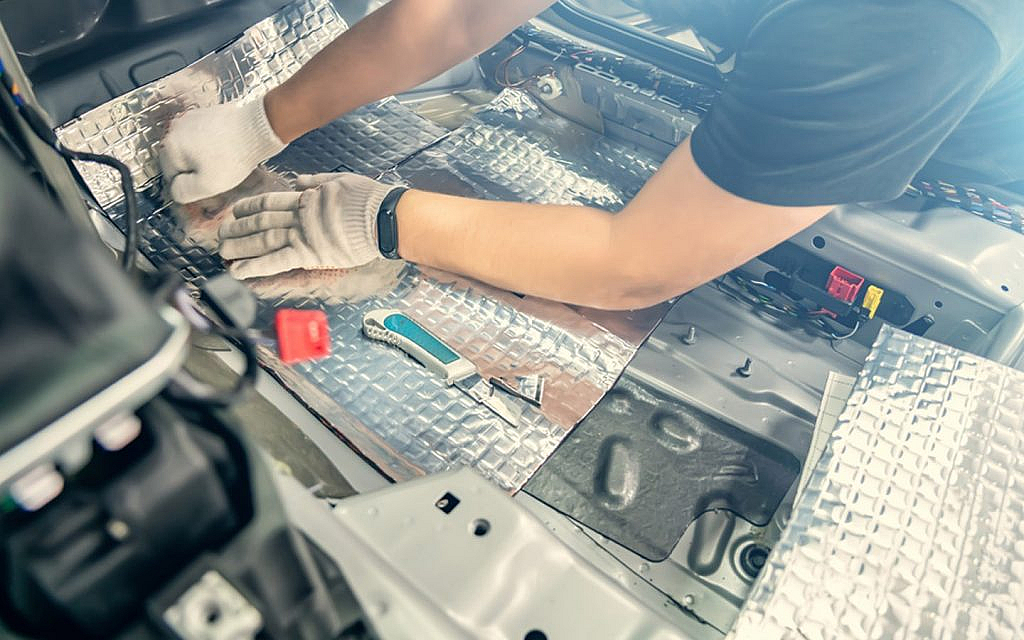
Automotive engines have evolved over the years to meet power requirements and increase the efficiency of vehicles. Among the popular engine designs and valve configurations, overhead cam (OHC) engines have gained popularity over the years, offering a range of advantages and disadvantages compared to other camshaft configurations.
An overhead cam (OHC) engine, also known as a single overhead cam (SOHC) or double overhead cam (DOHC) engine, is an internal combustion engine design where the camshafts are above the cylinder head.
Several advantages and disadvantages of overhead cam engines play a crucial role in their working and efficiency. However, before we go through these pros and cons, let’s understand the overhead cam engines.
What is an Overhead Cam Engine?

The crankshaft drives the camshaft in an overhead cam engine through a timing belt or chain. The camshaft’s lobes actuate the valves by pressing on the valve stems or via rocker arms according to the specific design.
Compared to engines with other camshaft configurations, overhead cam engines offer several advantages. They provide better engine valve function, allowing for more precise timing and lift. Moreover, the OHC engine’s configuration helps improve performance and efficiency.
Many auto manufacturers, such as Honda and Mercedes-Benz, have used overhead cam engines for their benefits in performance, efficiency and power delivery. Alongside its many advantages, it has some drawbacks compared to overhead valve engines. Let’s go through the detailed pros and cons of overhead cam engines.
Advantages and Disadvantages of the Overhead Cam Engines
The V engines found in sports and high-performance cars use overhead cam configuration and provide efficient and powerful performance. Here we will delve into the advantages and disadvantages of overhead cam engines, shedding light on their impact on performance, efficiency and overall engine design.
Advantages of the Overhead Cam Engines
Enhanced Valve Control
One of the primary advantages of overhead cam engines is improved engine valve control. With the camshaft located above the combustion chamber, the engine valve function can actuate directly, eliminating the need for pushrods or rocker arms. This direct operation allows precise control over valve timing and lifts, leading to better engine performance.
Higher RPM Capability

Overhead cam engines often possess the ability to achieve higher engine speeds compared to other camshaft configurations. The direct actuation of valves eliminates the mechanical limitations and friction associated with pushrods. Furthermore, it allows a faster valve response and higher RPM potential. This characteristic is particularly desirable in sports cars and performance-oriented vehicles.
Compact and Lightweight Design
Due to the absence of pushrods, overhead cam engines have a more compact and lightweight design. This reduction in mass and size can lead to benefits such as improved vehicle balance, reduced overall weight and increased fuel efficiency. Additionally, the compact design of OHC engines eases maintenance and repair access.
Variable Valve Timing (VVT) Implementation
OHC engines implement advanced technologies such as Variable Valve Timing. VVT systems adjust the timing of valve opening and closing to optimise engine performance under different operating conditions. The absence of pushrods simplifies the integration of VVT mechanisms, enhancing engine efficiency and power delivery across an extensive RPM range.

Many automotive brands use the VVT technology, such as the following:
- Mitsubishi MIVEC Engine Technology
- Honda VTEC Engine
Disadvantages of the Overhead Cam Engines
Increased Complexity and Cost
The design of overhead cam engines is more intricate and complex. The need for additional components, such as camshaft drive systems and timing belts or chains, increases the manufacturing complexity and maintenance requirements. This complexity can translate into higher production costs and potentially increase repair expenses.
Limited Low-End Torque
While overhead cam engines excel at high RPM ranges, they often have reduced low-end torque compared to the pushrod engine designs. Due to the direct valve actuation, the vehicle may face low-speed performance and decreased towing capabilities. However, advancements in engine design and technologies like car turbochargers have mitigated this disadvantage to a great extent in modern OHC engines.
Potential for Increased Noise

Overhead cam engines can generate more mechanical noise due to the direct operation of valves and the use of timing belts or chains. The increased number of moving parts and the higher RPM capability can contribute to a louder engine operation. This may affect cabin comfort, especially in luxury vehicles or those focused on a quiet driving experience. However, you can use car soundproofing methods and other engineering solutions to reduce these noises.
That concludes the detailed advantages and disadvantages of overhead cam engines. As with any engineering design choice, there are trade-offs to consider when selecting an engine configuration, and automakers can carefully weigh these factors to meet the specific requirements of their vehicles and customer preferences.

You can find several used cars for sale in the UAE with OHC engine configurations and other engine designs as well. Besides, you can explore the differences between the SOHC and DOHC engines, which are the two overhead cam engine types.
Keep reading the dubizzle autos blog to understand your car design and configuration.